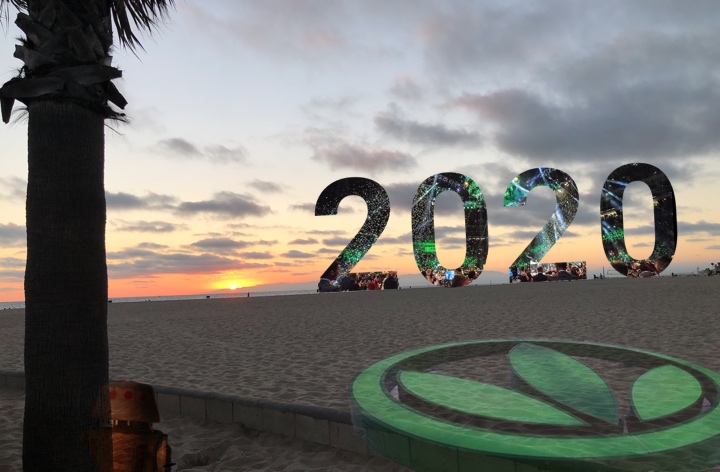I usually find something interesting when I'm looking for something else. That was the case when I came across this today.
On 9-11-2001, a broker named Michael Sheehan whose office is in WTC 2 is witness to a plane crashing into WTC 1. He finds a flight itinerary among thousands of pieces of paper littering the area after escaping from his office and reaching the street below. It's an itinerary for a flight from Boston to Los Angeles.
It just so happens that American Airlines Flight 11, scheduled to fly from Boston to LA, had just crashed into WTC 1.
After picking up the paper, he says, he "realized then it (the crashed airliner) was a commercial flight". The question is, how does a piece of paper survive a giant fireball? Was this "the" itinerary of AA flight 11, or just a random itinerary for a different Boston to LA flight? How did our hero connect this paper to the crash? Did he honestly think this paper came from the crashed plane?
If you've paid attention to all the hoopla about 9-11, perhaps you are aware of the pristine terrorist passport that was found blocks from the disaster:
The 55th floor, where Sheehan supposedly worked, was the home of Garban Intercapital, according to the list of tenants in WTC 2. Garban Intercapital is now known as ICAP, (www.icap.com) described as:
"A UK based voice and electronic dealer broker and provider of post trade risk services, the largest in the world carrying out transactions for financial institutions rather than private individuals. ICAP plc is headquartered in London, United Kingdom and operates from London, New York (Jersey City) and Tokyo with offices in a further 21 smaller financial centres such as Madrid and Sydney. The average daily transaction volume for ICAP plc exceeds US$1.5 trillion, more than 60% of which is electronic."
So, for all the "crazy conspiracy theorists" out there, here's another "strange coincidence".





















